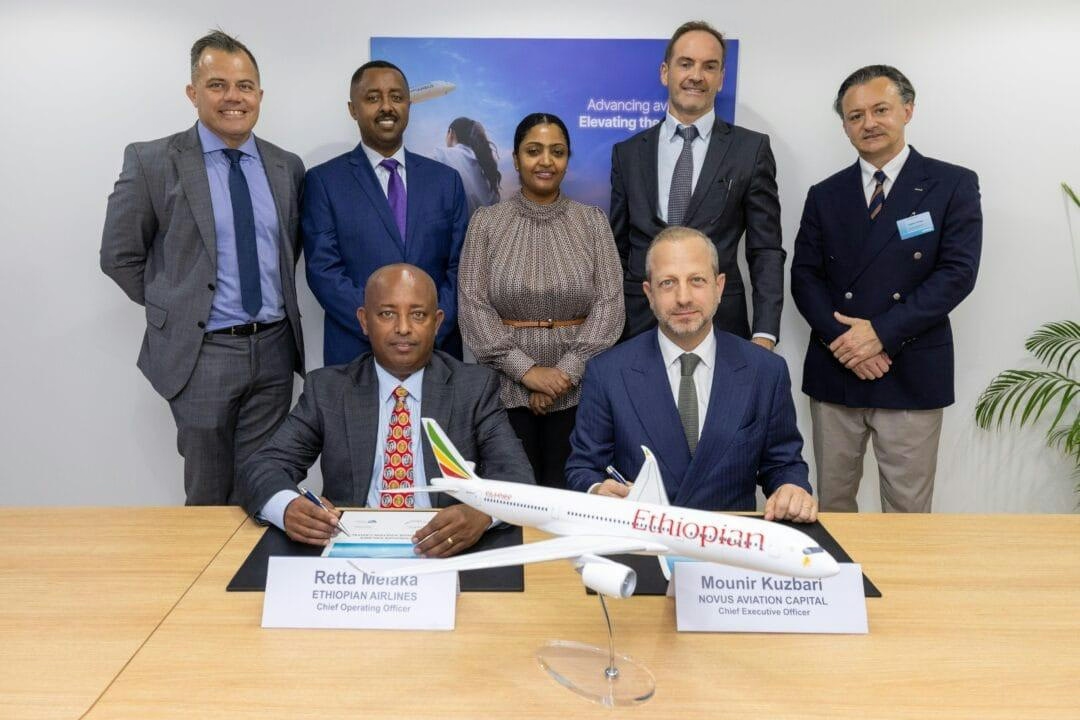
AeroGenie: Su copiloto inteligente.
Tendencias
Categories
Vietjet Begins Construction of New MRO Facility
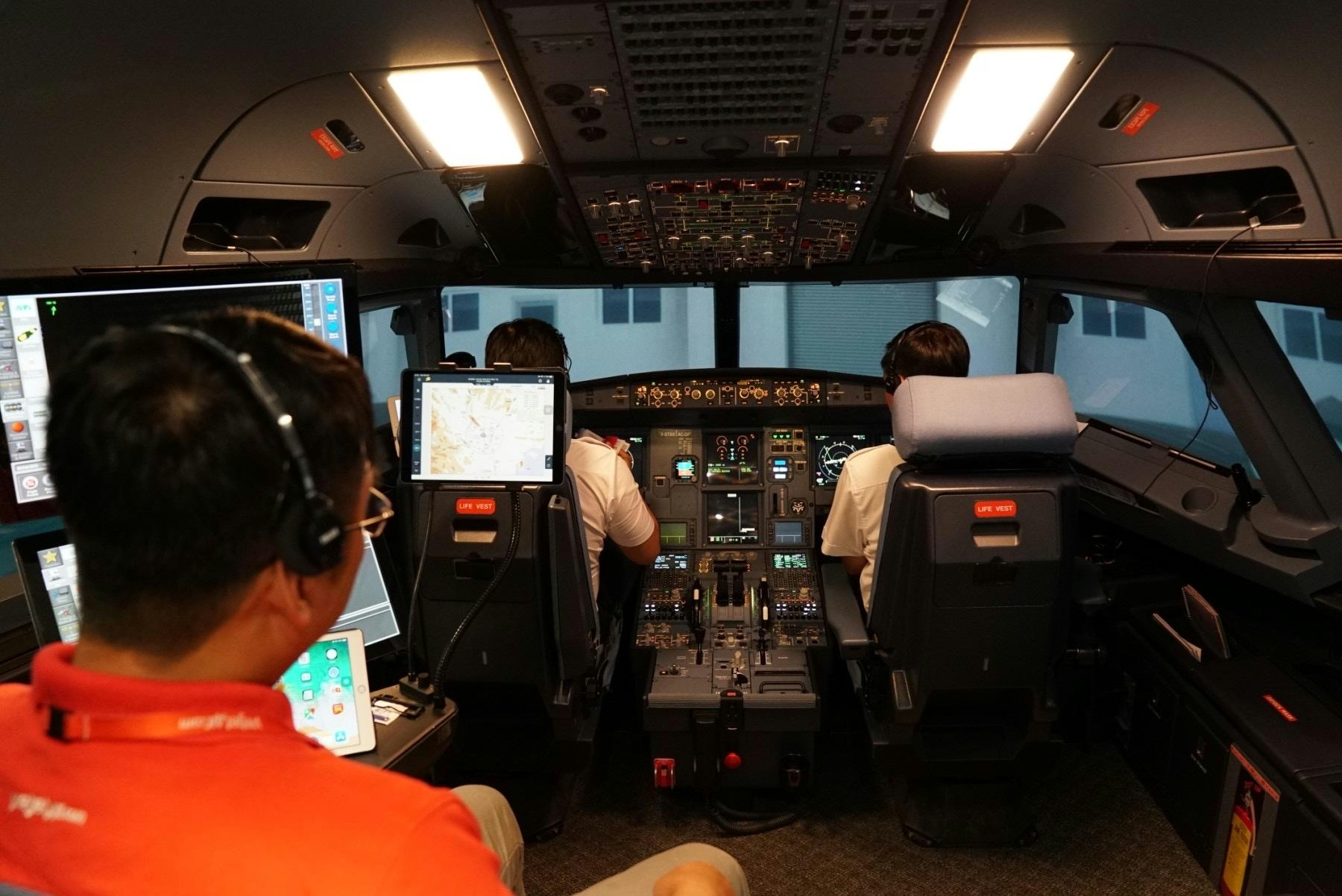
Vietjet Launches $100 Million MRO Facility at Long Thanh International Airport
Vietjet has officially begun construction on a new maintenance, repair, and overhaul (MRO) facility at the forthcoming Long Thanh International Airport, representing a substantial investment of approximately $100 million. The facility is designed to accommodate up to ten aircraft simultaneously and will feature two aircraft hangars. This development is expected to significantly enhance Vietjet’s operational capabilities while contributing to the growth of Vietnam’s aviation sector.
Expanding Maintenance Capabilities and Market Reach
The new MRO center will primarily support the maintenance requirements of Vietjet’s rapidly expanding fleet, which includes both narrowbody and widebody aircraft. Beyond servicing its own fleet, the facility is intended to provide maintenance services to other domestic and international airlines, thereby strengthening Vietnam’s aviation infrastructure and supporting the anticipated increase in operations at Long Thanh International Airport. Vietjet emphasized that the facility will play a crucial role in enhancing the country’s aviation capabilities and future-proofing its operations at the new airport.
Vietjet initially announced plans for this dedicated MRO facility in 2023, with the strategic goal of reducing dependence on third-party maintenance providers and capturing additional business from other carriers. This initiative aligns with the airline’s ongoing success in surpassing profit targets and securing significant fleet expansion deals, which have bolstered investor confidence and underscored its robust growth trajectory.
Challenges and Regional Competition
Despite the promising outlook, the project faces several challenges, including the need for considerable capital investment and the complexities of navigating regulatory approvals. The development also occurs within a highly competitive regional MRO market. Notably, Vietnam Airlines and Korean Air have recently strengthened their partnership in MRO and cargo operations, positioning themselves as formidable competitors to Vietjet’s new facility. This dynamic signals a broader transformation within Vietnam’s aviation landscape, with multiple players vying to establish dominance in maintenance and support services.
Long Thanh International Airport, situated near Ho Chi Minh City, is poised to become the city’s second airport and the largest in Vietnam. Scheduled to commence operations by 2026, the airport will serve as a critical hub for the country’s aviation industry. Vietjet’s MRO facility is expected to play a central role in supporting airline operations at this new gateway, reinforcing the airline’s strategic positioning in the region.
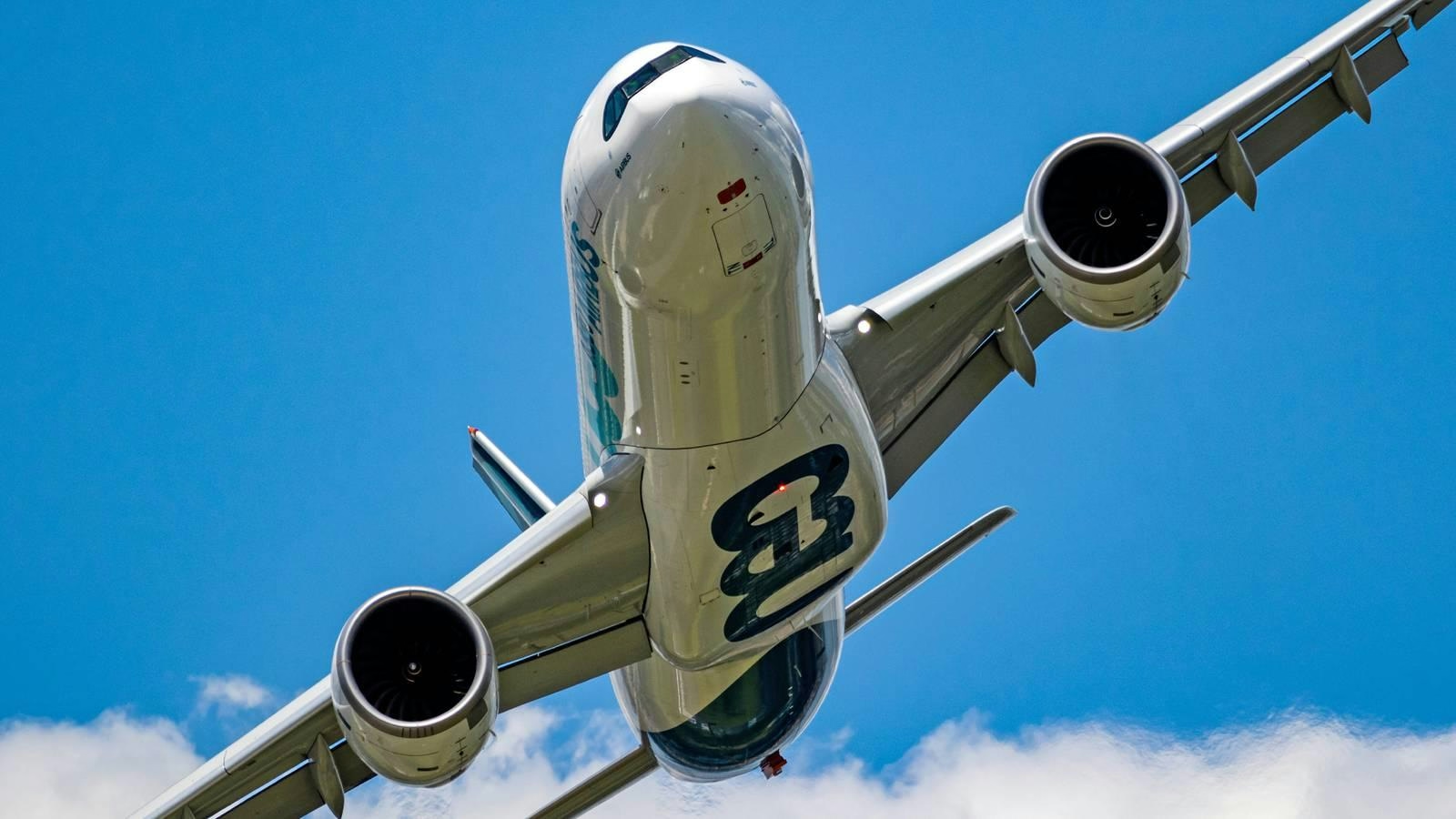
Why Is the Airbus A330neo Limited to a Single Engine Type?
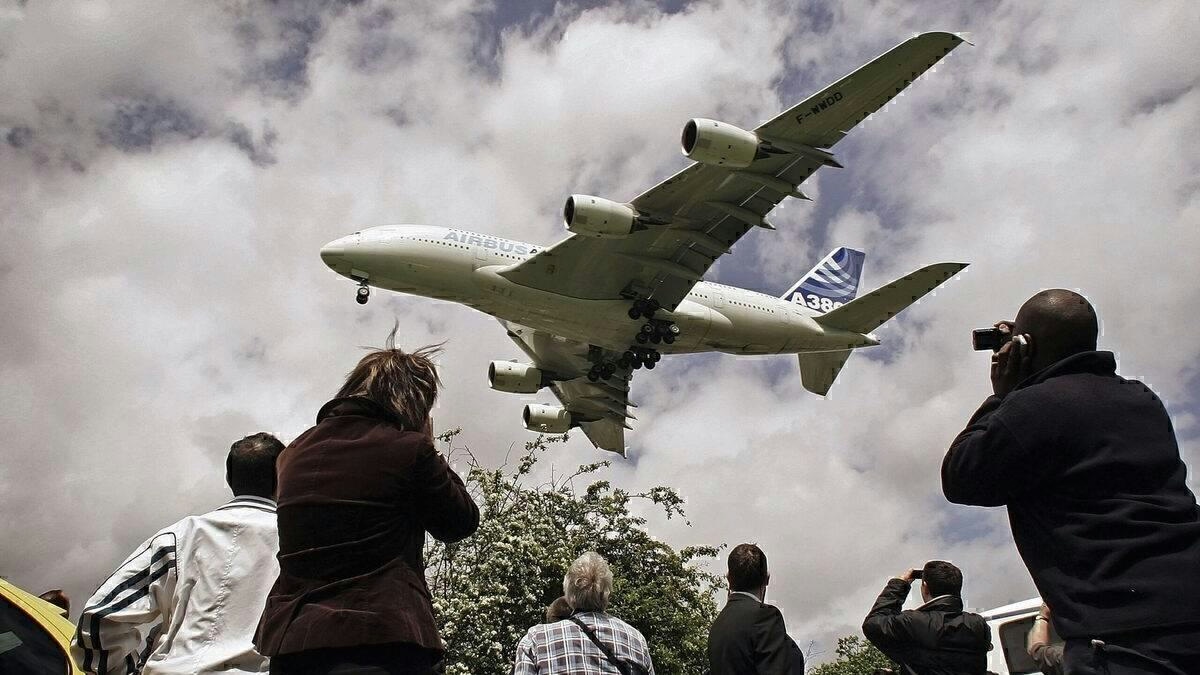
FedEx Cancels Airbus A380 Order

Why AI Hasn’t Transformed Flight Booking
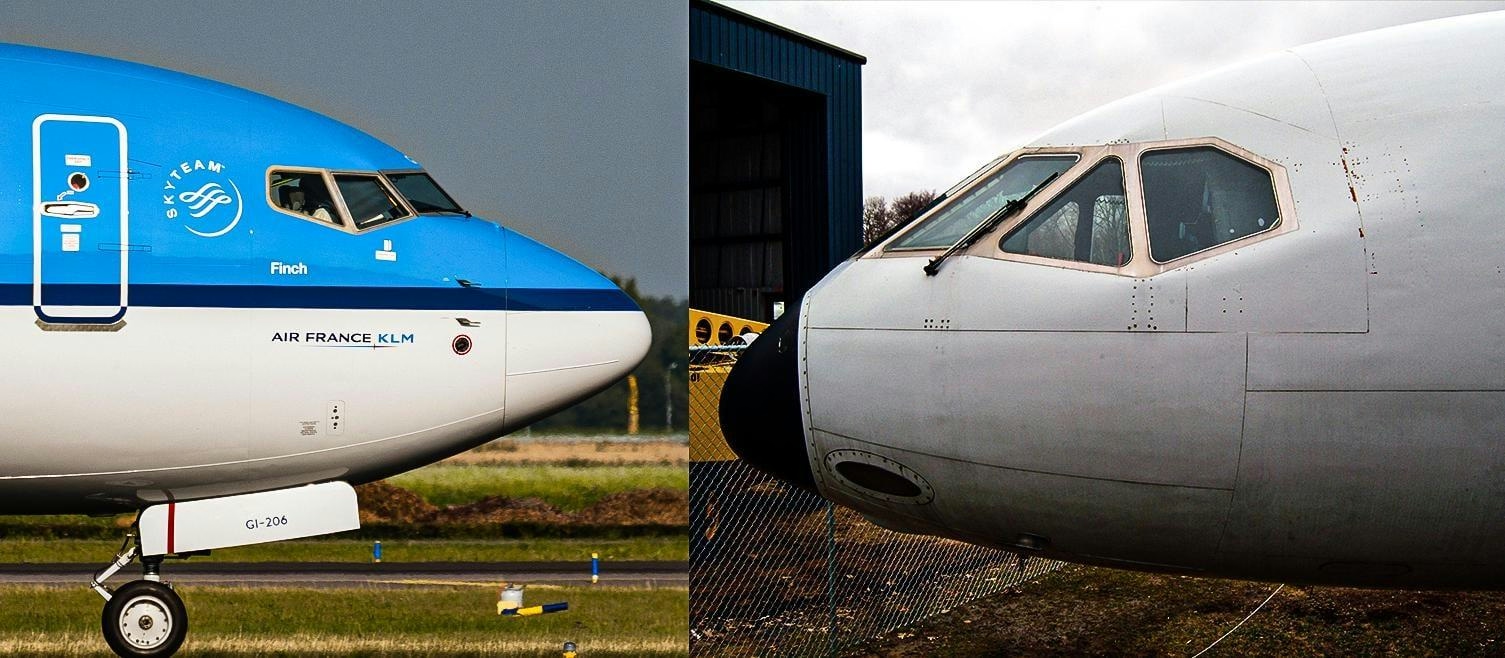
Why Are Boeing Aircraft Noses More Pointed Than Airbus?
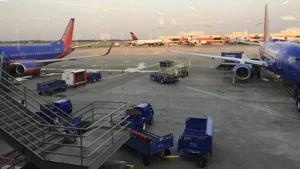
Digitizing the Aviation Supply Chain: Moving Beyond Outdated Practices
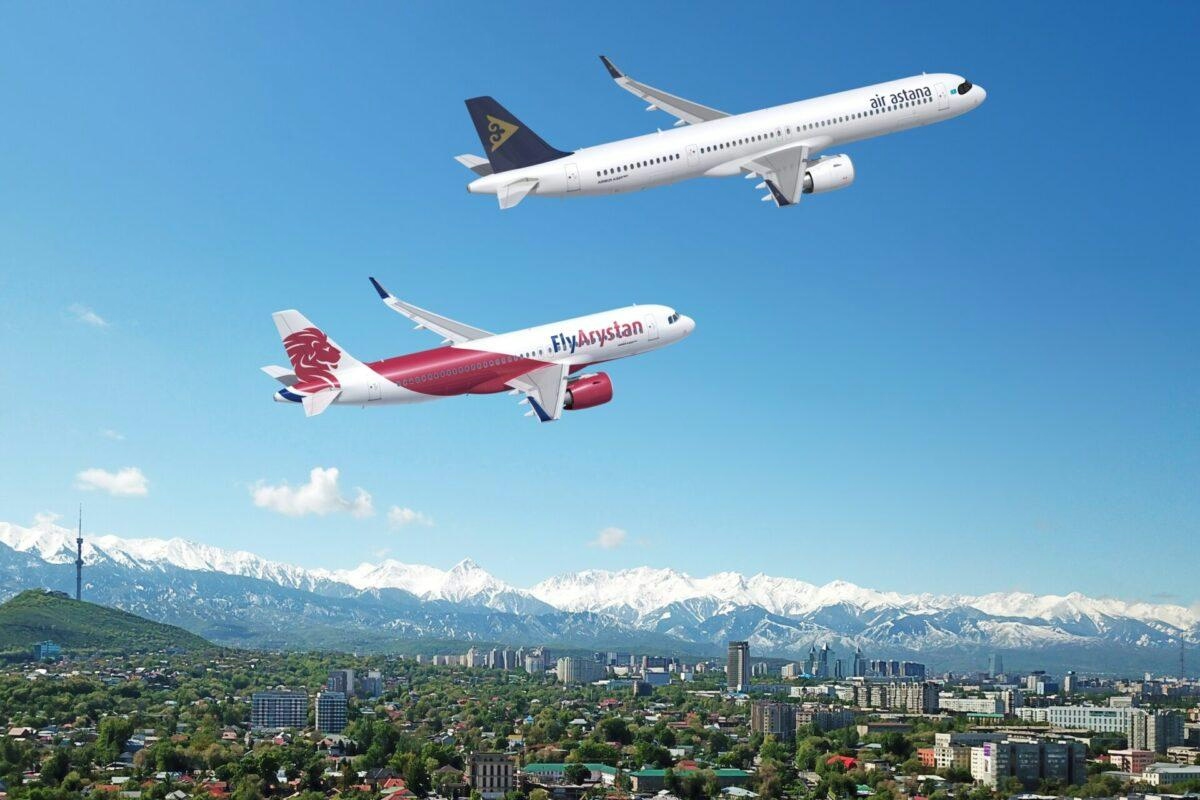
Air Astana Signs Agreement for Up to 50 Airbus A320neo Jets
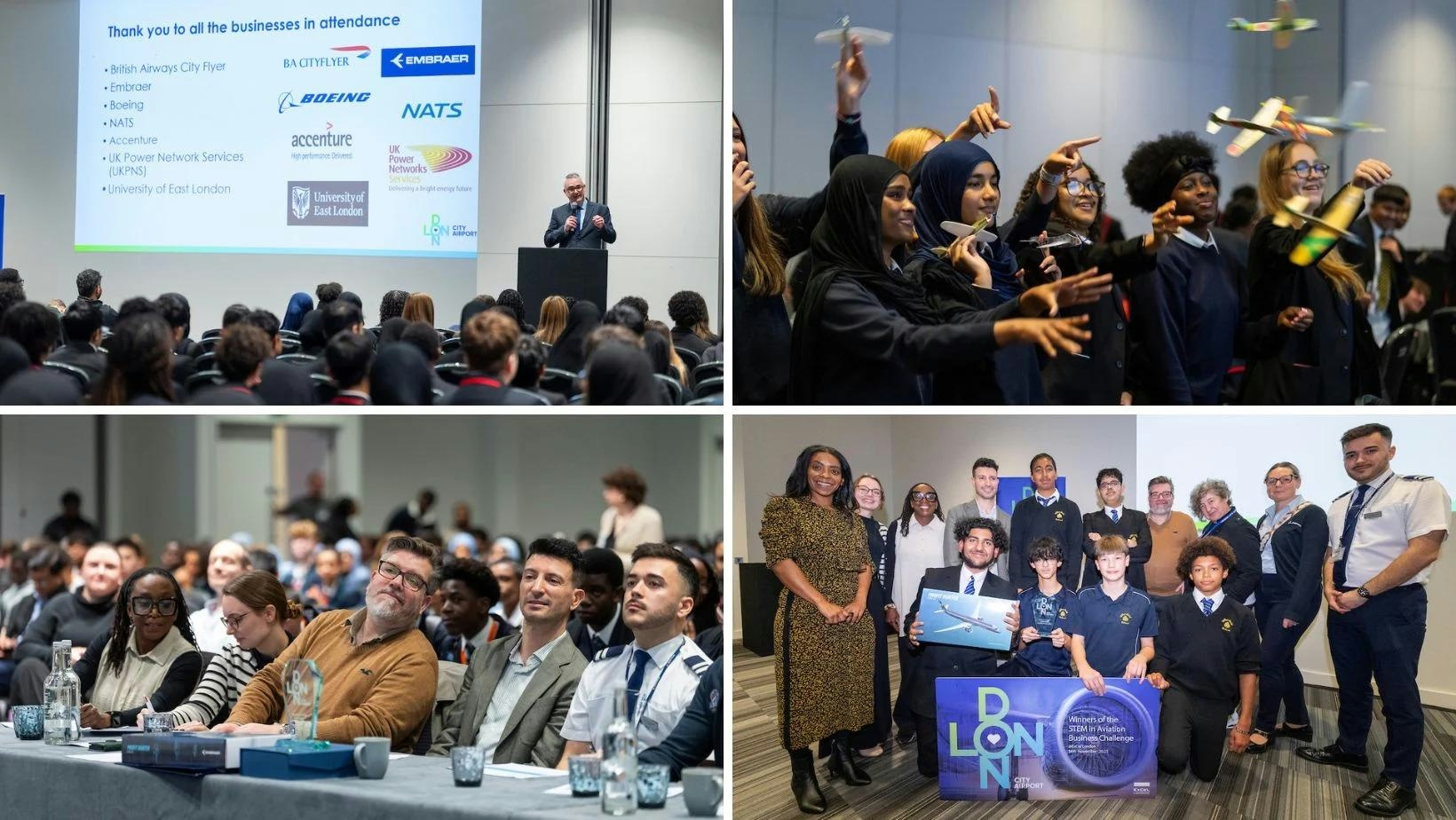
East London students explore aviation innovation at LCY STEM event
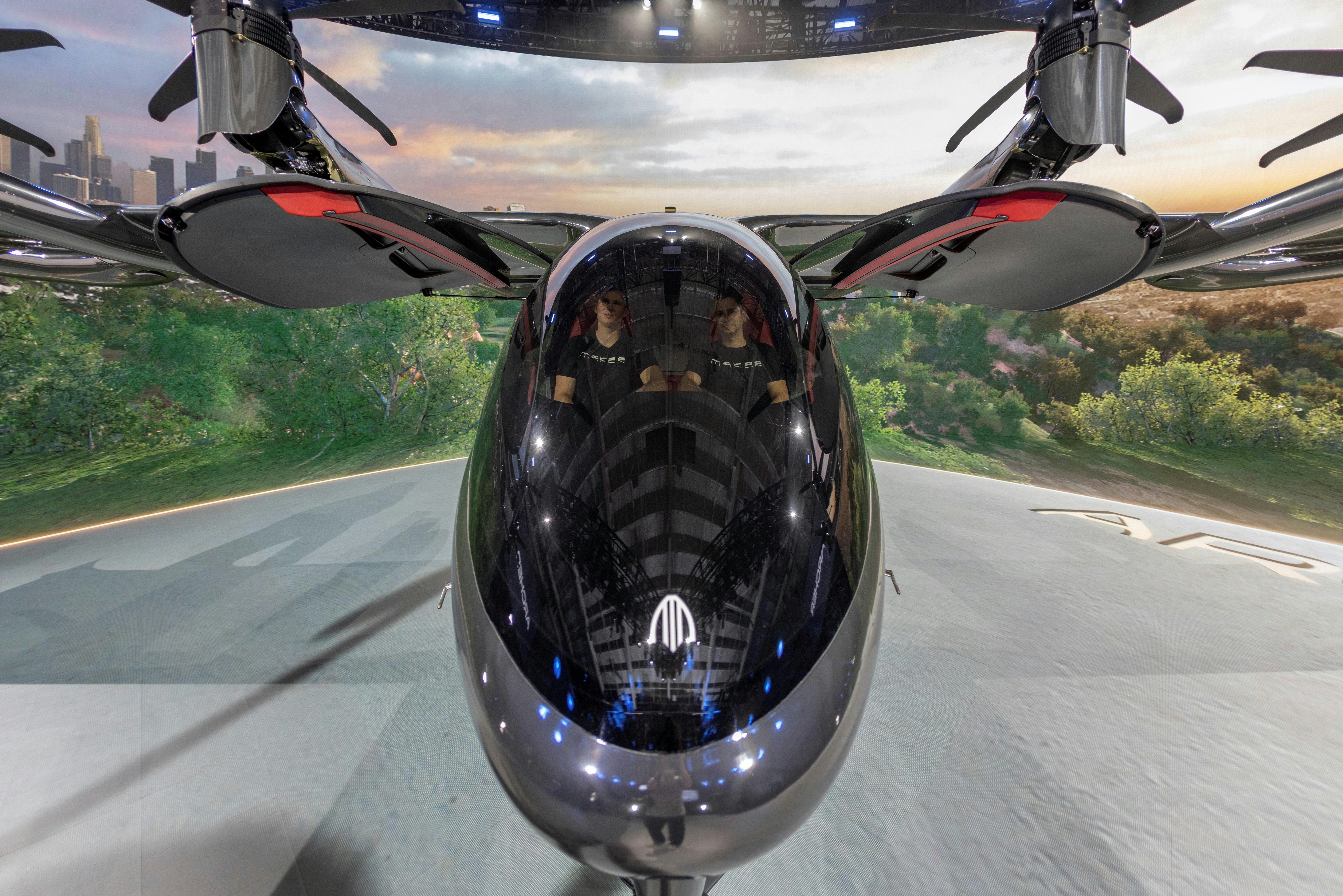
Archer’s Air Taxi Fails to Fly at Dubai Airshow
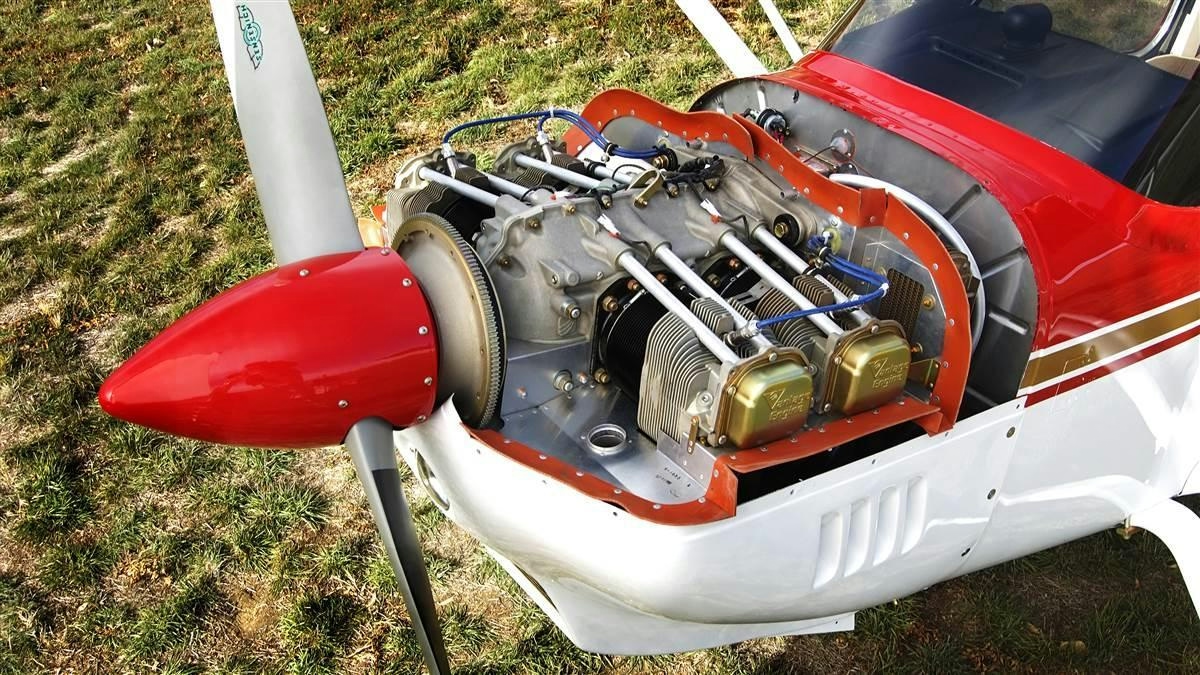
New Course on Airplane Engine Operations Launched
